New Whale
The Natural History Museum in London has reopened its main hall after closure for a makeover, and centre stage now goes to the blue whale skeleton, suspended high above the visitors, in a diving position.
I paid a visit on the first day and was very impressed. I’ll admit I was a little disappointed when they announced Dippy the dinosaur was to end its stay there, but the new resident of Hintze Hall dominates and fills the space even more effectively. It’s sheer bulk and central overhead position create a dramatic statement never before experienced in the museum’s main hall. My favourite viewing position is probably the balcony – here you get the closest view and can appreciate it’s true size, including the jawbone – the largest bone in the animal world.
The museum have chosen the name Hope for their new star exhibit (though I suspect the name won’t quite capture the public imagination in the same way as ‘Dippy’), and it symbolises the way we must look after the natural world which we live in and are part of. During the hunting era the blue whale came close to extinction, but since the ban in 1966 things are looking much brighter. The population is still small compared to what is was, but it seems to be rising every year.
The exhibits around the edges of Hinzte Hall have also been changed. There are ten bays on the ground floor – five have displays representing various stages in the history of evolution, and five have examples of current life.
A beautiful section of rock shows some highly colourful banded iron formations.
These were created over 2 billion years ago when the first photosynthetic organisms began to oxygenate the atmosphere. There was plenty of dissolved iron around at that time and so iron oxides were created – effectively the world rusted, and created some beautifully coloured rocks. Once all the free iron was used up such an event was never to happen again.
I think my favourite new exhibit is the cabinet of insects.
This is an all glass case with insects of various groups stuck onto glass panes, giving a wonderful impression that they are all flying up towards the roof.







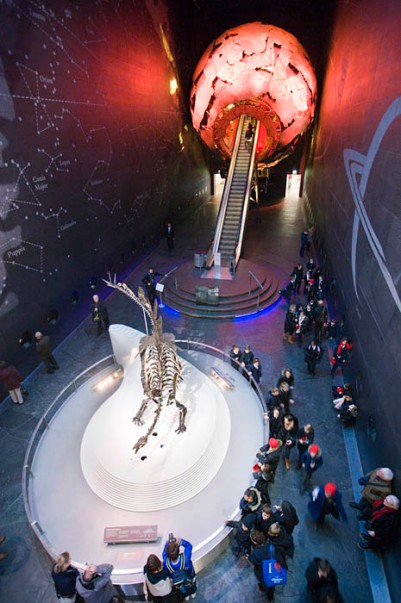

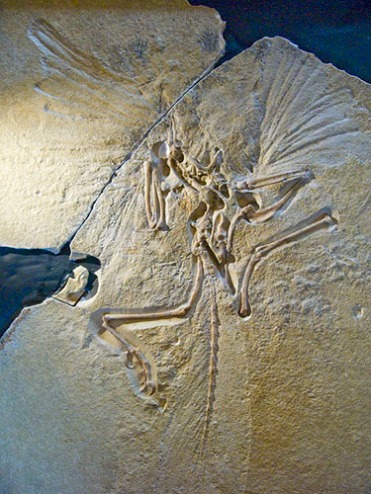


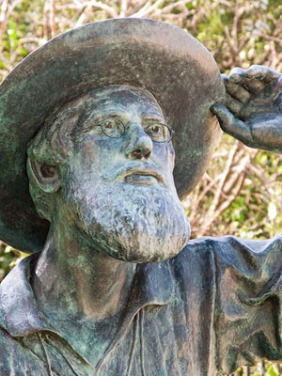
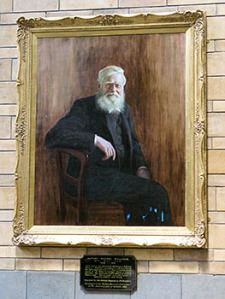
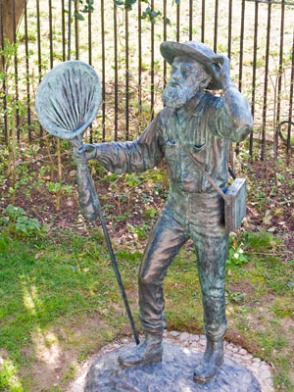
Recent Comments